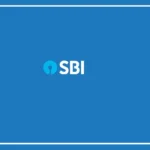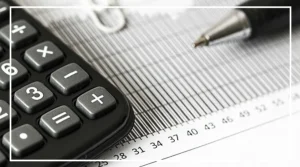After you file your Income Tax Return (ITR), verification is compulsory. If you skip this step, all the effort you spent on filing can go to waste.
The return must be verified within 30 days of submission.
This timeline has applied since 1 August 2022; before that, taxpayers had up to 120 days.
Below is a clear guide on how to verify an ITR, what happens if it is not verified, and how you can confirm that the verification has gone through.
7 Options to verify Returns
The Income Tax Department prefers e-verification because it speeds up processing and removes the risk of physical documents being lost.
Physical verification is still allowed, but online methods are encouraged. You can complete verification in any of these seven ways.
Each route produces the same legal effect, so you can choose whichever is easiest:
Aadhaar OTP: An OTP is sent to the mobile number linked with your Aadhaar.
Bank EVC: An Electronic Verification Code (EVC) is generated from a pre-validated bank account.
Demat EVC: An EVC can also be produced from a validated demat account.
ATM EVC: Some banks let you create an EVC through their ATM; only a few banks offer this facility.
Net Banking: Authorized banks allow you to generate an EVC from their net-banking portal.
Digital Signature Certificate (DSC): A DSC is mandatory in certain cases, and you can verify your ITR with it.
Physical verification: If e-verification is impossible, print the ITR-V form, sign it with a blue pen, and post it to the CPC office in Bengaluru. reach within 30 days of filing.
Delayed returns may be void
The Income Tax Department states that an ITR not verified on time is treated as “invalid.” In other words, it will look as though you never filed a return.
As a result, you may incur a late fee of up to ₹5,000 under Section 234F, and you will owe interest at 1% per month on any unpaid tax.
Delay in refund and risk of interest
An invalid return can also freeze any tax refund that you are due.
If you miss the 30-day deadline, you can request “Condonation of Delay,” but approval rests with the department and is not guaranteed.
How to check if verification succeeded
After an e-verification, a success message with a transaction ID appears on screen, and a confirmation email is sent to your registered address.
For physical verification, you can track the status under “View Returns/Forms” on the e-filing portal.
Permission for verification by a representative
If you prefer, a representative—such as a chartered accountant or a family member—can complete the verification for you.
They may use Aadhaar OTP, Net Banking, or Bank/Demat EVC for this purpose.
Note that the OTP or EVC will be delivered only to the representative’s registered mobile number or email.

























